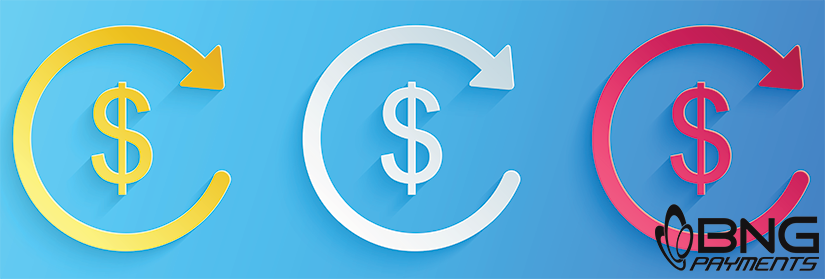
ACH chargebacks and disputes can be a major headache for small and medium-sized business owners. It's important to know the best practices for preventing these, as well as what you need to do if one happens to your company. This blog post will teach you all about ACH chargebacks and how they work.
When someone disputes an ACH chargeback, they are asking for a refund of the transaction.
ACH stands for Automated Clearing House and is an electronic banking network used for direct deposit and electronic bill payment. Merchants can debit a customer's bank account using this payment method. Before a merchant can debit someone’s bank account, it must have approval from the account owner and be in compliance with the ACH network. Failure to do so can result in an ACH dispute and ultimately a chargeback.
ACH chargebacks are defined as transactions that were not properly authorized and are being disputed by your customer. The ACH network allows up to 60 days for a consumer to file a dispute and two days for a business to file. The protection of consumers against unauthorized bank account debits is federally regulated under the Electronic Fund Transfer Act, which banks must follow.
For businesses involved in an ACH dispute, some merchants and banks will immediately credit the customer’s account. The merchant will incur a fee, called a chargeback. For businesses, it is important to understand what leads up to such a dispute.
Yes, ACH payments can be returned. ACH returns are a normal part of ACH processing and allow receivers and RDFIs (Receiving Depository Financial Institutions) to notify originators and ODFIs (Originating Depository Financial Institutions) when a transaction does not go as intended. These are indicated by a three-character alphanumeric return code.
An Automated Clearing House (ACH) return is the equivalent of a bounced check. An ACH return occurs when a registrant provides bank information to make a payment; however, the payment is returned by the bank for one of many reasons, the most common of which include:
To back up a little, ACH payments or an ACH return is a credit or debit entry that is typically initiated by a Receiving Depository Financial Institution (RDFI) that returns a previously originated credit or debit entry to the Originating Depository Financial Institution (ODFI) within the time frames established by National Automated Clearing House Association (NACHA) rules.
Yes, an ACH can be disputed. An ACH dispute can occur when the buyer questions the transaction and requests that their bank reverses the debit.
NACHA (National Automated Clearing House Association) is the governing body that defines rules and standards for ACH payments. Unlike the rules governing credit card purchases, the rules for ACH disputes do not allow a formal dispute process for challenging a dispute. If a customer has initiated an ACH dispute with their bank, you can reach out to your customer personally. It is possible the customer may have filed a dispute with their bank by mistake. Otherwise, you can hire an attorney.
ACH returns are a normal part of ACH processing and allow receivers and RDFIs (Receiving Depository Financial Institutions) to notify originators and ODFIs when a transaction does not go as intended. These are indicated by a three-character alphanumeric return code.
An ACH transaction may be returned for several reasons, but the most common are:
Every ACH return comes with a certain return code, which consists of the letter R and a two-figure number. Each of these codes has a different reason for the return.
These are some of the most common ACH return codes:
When the ODFI (Originating Depository Financial Institution) receives an ACH return from the RDFI, they apply procedures that may incur additional costs for them. They may charge the originator with ACH return fees to cover the expenses. If the originator and the person/entity whose account has been debited do not have an agreement on ACH payments, the originator’s ODFI needs to pay the fee. These costs are then forwarded to the originator.
The RDFI can charge the receiver with ACH return fees, as well. If the client has authorized the originator to make a payment request, but they have not transferred enough funds to their account, their bank can charge them a fee.
Prevent ACH returns by adhering to the following guidelines:
